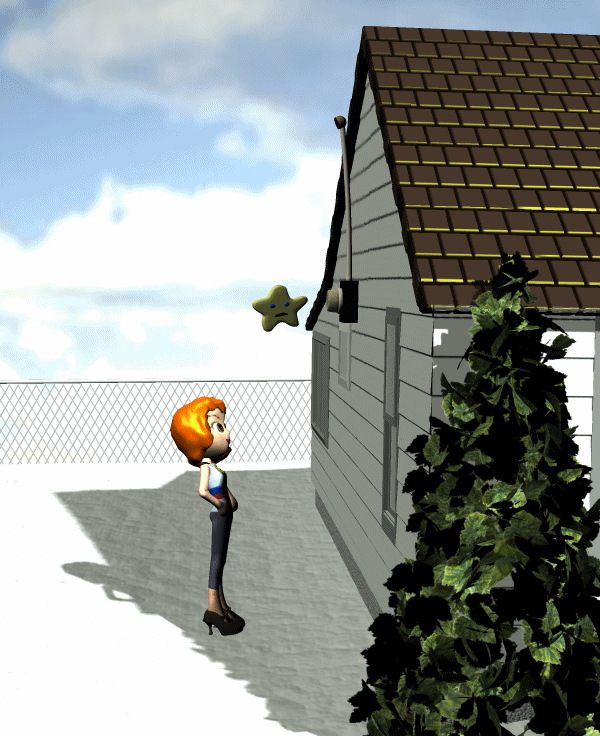Saturday, May 11, 2019
9 = 5
Article on 'Nine strange sounds' caught my attention.
Five of the nine items are really the same thing. A variety of undersea sounds heard through ship sonar systems in the 1990s. Most were near Antarctica. Clearly something strange was going on, but it was all part of the same something. So the list really contains 5 strange sounds.
The section on The Hum is closer to everyday reality, and remarkably fair and open-minded.
 (Artist's conception exaggerated for clarity)
Electrostriction doesn't require major current or voltage. Back when TV antennas were common, most antennas emitted a highly audible ring at 15750 cps, the frequency of the horizontal scanning in the TV. You could hear it from the street. Antennas are inputs, not outputs; but the potential difference between the chassis of the TV and the surrounding air was enough to set the vanes of the antenna into electrostriction.
(Artist's conception exaggerated for clarity)
Electrostriction doesn't require major current or voltage. Back when TV antennas were common, most antennas emitted a highly audible ring at 15750 cps, the frequency of the horizontal scanning in the TV. You could hear it from the street. Antennas are inputs, not outputs; but the potential difference between the chassis of the TV and the surrounding air was enough to set the vanes of the antenna into electrostriction.
It’s difficult to pinpoint when instances of the Hum began, but it’s been well-documented since the 1970s, and since then, cases have popped up all over the world—from Ontario, Canada to Taos, New Mexico to Bristol, England to Largs, Scotland and Auckland, New Zealand. In most instances, the affected group only makes up around 2 percent of the population, but for those individuals, the Hum is largely inescapable and impossible to track. Those affected report never having heard noises before, and say the Hum is generally heard indoors and becomes louder at night. It’s also most common in rural and suburban areas and among people between age 55 and 70. Because the Hum appears and disappears and because the cause may vary from case to case, the phenomenon still baffles researchers. At this point, a few things are clear: The Hum is real and likely a byproduct of 21st-century living.Bravo for calling it real, and bravo for allowing multiple sources. I suspect most of the sources are electrostriction. Powerlines and transformers nearly always move in tune with 60 cps AC. The strength varies with ambient conditions. Nearby ion-sucking trees can motivate corona-like discharges, pushing the wires more strongly. The conduction and resonance of the sound depends on soil, pavement, and pipes. A low-freq vibration at a considerable distance can channel through sewer and water pipes to specific houses if the resonant wavelength is right. A good example happened a couple months ago during a period of extreme cold and heavy snow. Suddenly my house started humming and buzzing. The buzzing was intermittent and clearly centered on the electric meter. PANIC! Was the wiring overloaded? After going outside several times, I figured it out. A snowplow several blocks away was vibrating the pavement, and a resonance near 60 was 'surfing' my house. As the house itself vibrated, the inlet conduit of the electric meter was vibrating the opposite way by inertia, so the house was buzzing against the conduit. When the snowplow moved off to a different area, the buzzing ceased and never returned.
 (Artist's conception exaggerated for clarity)
Electrostriction doesn't require major current or voltage. Back when TV antennas were common, most antennas emitted a highly audible ring at 15750 cps, the frequency of the horizontal scanning in the TV. You could hear it from the street. Antennas are inputs, not outputs; but the potential difference between the chassis of the TV and the surrounding air was enough to set the vanes of the antenna into electrostriction.
(Artist's conception exaggerated for clarity)
Electrostriction doesn't require major current or voltage. Back when TV antennas were common, most antennas emitted a highly audible ring at 15750 cps, the frequency of the horizontal scanning in the TV. You could hear it from the street. Antennas are inputs, not outputs; but the potential difference between the chassis of the TV and the surrounding air was enough to set the vanes of the antenna into electrostriction.Labels: 1901, Entertainment
